Pigmentation Problems
The color of your skin is determined by the presence of pigments manufactured by specialized cells in the skin called melanocytes. Individuals with darker skin tend to produce more eumelanin pigment. Fair complected persons tend to produce more pheomelanin pigment. In general, most people have a combination of both types of pigment. When there is an increased amount of melanin in the skin, this causes darkening of the skin.
One of the most common and troubling types of pigmentation problems is Increased pigmentation on the face. This can be due to a variety of causes: genetics, pregnancy, oral contraceptives, sun exposure, photosensitizing medications, an underlying irritant dermatitis, and inflammation from acne. It commonly occurs on the forehead, cheeks, upper lip, and mid-chin.
Corrective serums can be infused during microdermabrasion.
There is increased absorption of the skin lightening treatments.
Intense Pulsed Light (IPL) for Removing Brown spots/Age spots
Intense Pulsed light is a medical device that emits a broad spectrum of wavelengths of light, ranging from visible light to the near-infrared range. Filters are chosen to select particular wavelengths of light that target unwanted brown discolouration. IPL is absorbed by brown spots; this causes a thermal reaction resulting in crusting and scabbing. These areas slough off in approximately 10-14 days. Some brown spots may disappear after 1 IPL treatment. Other brown spots may appear lighter in colour and require additional treatments for complete removal.
The number of IPL treatments needed for satisfactory correction depends on how extensive the condition is, the depth and intensity of the pigment and how your skin responds to IPL. Some patients notice a marked improvement in as few as 3-4 treatments; others may need 8- 12 treatments for the correction of extensive, irregular hyperpigmentation due to severe sun damage.
IPL can effectively treat brown spots on many body areas. Arms, legs, back, chest, face, neck, and the tops of hands can all be treated with IPL.
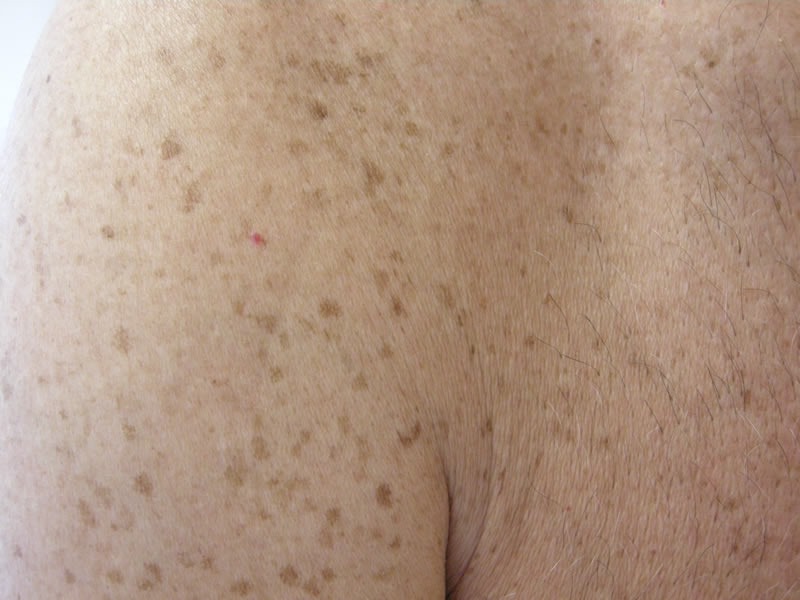
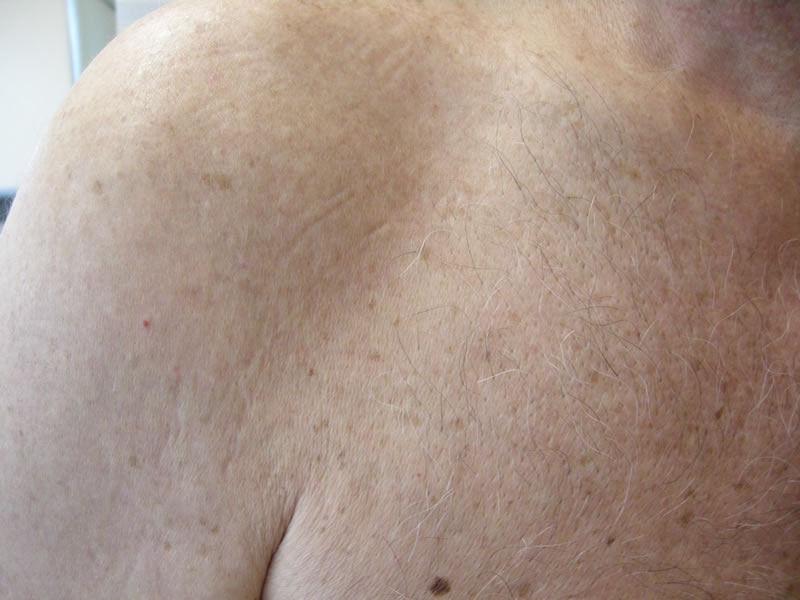
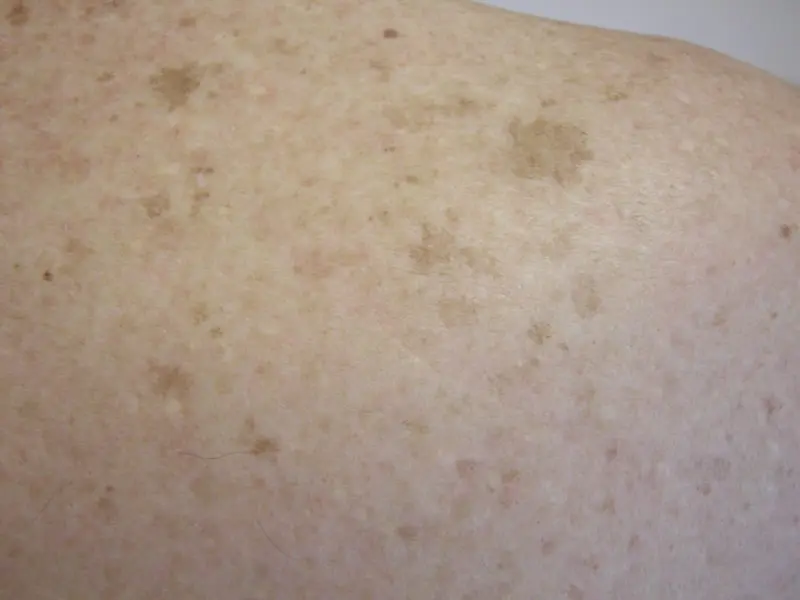
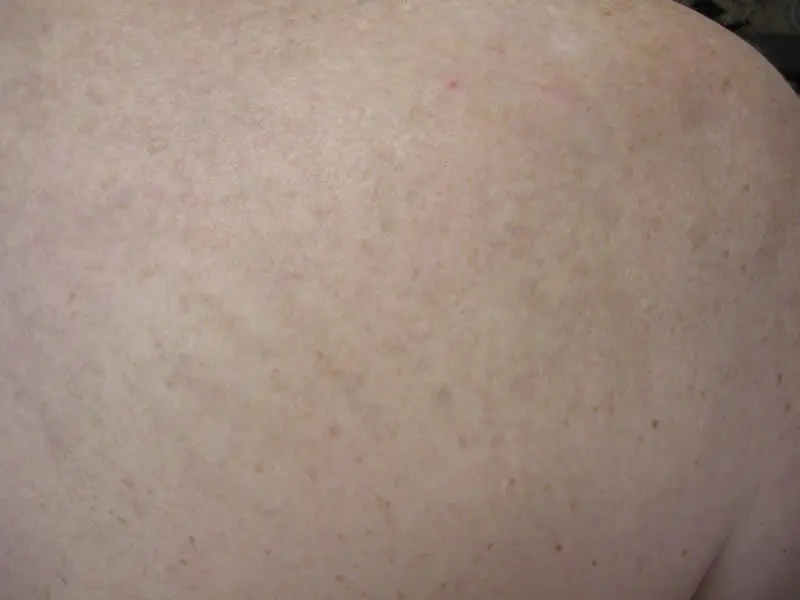
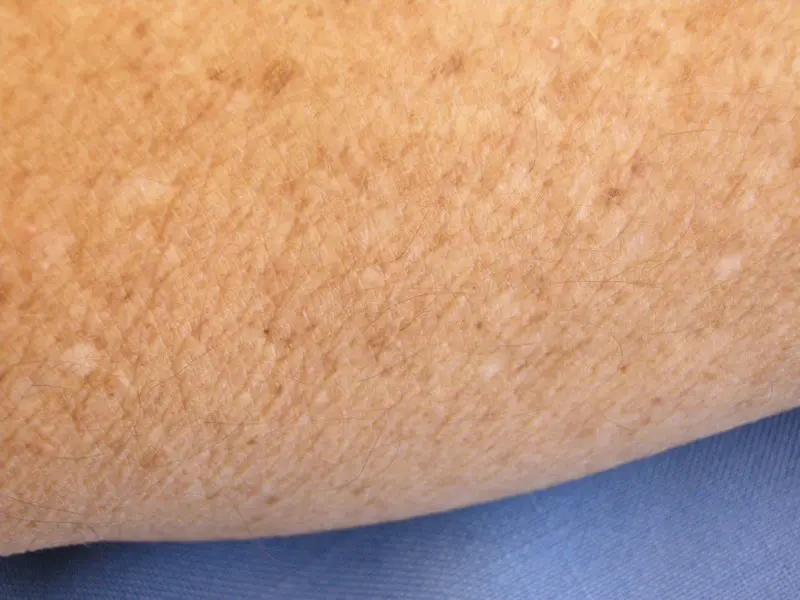
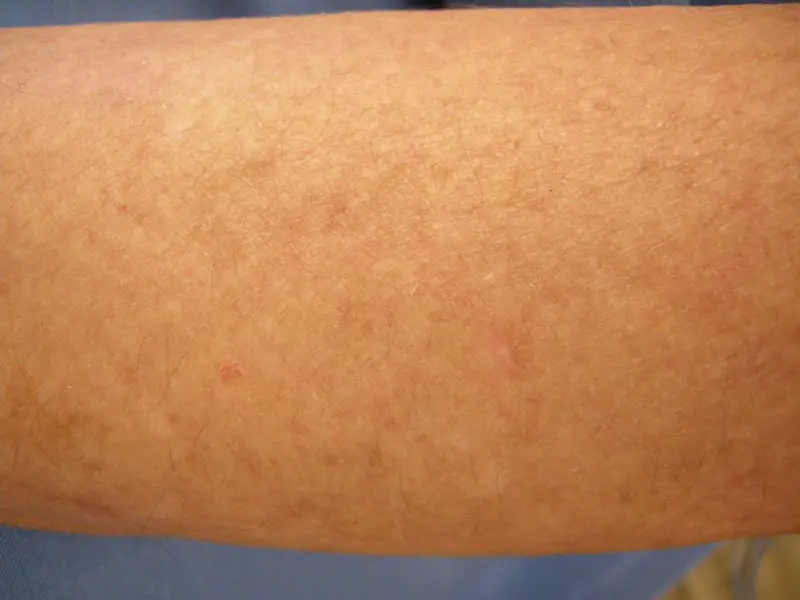
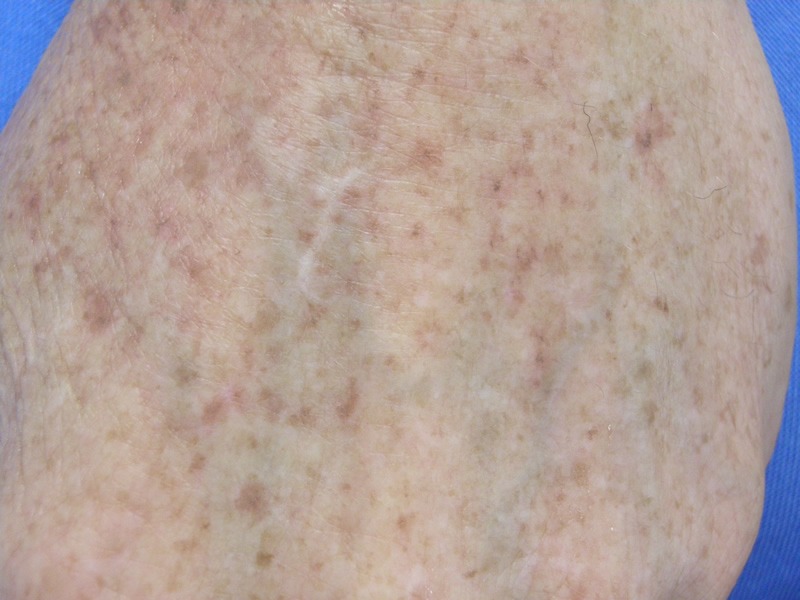
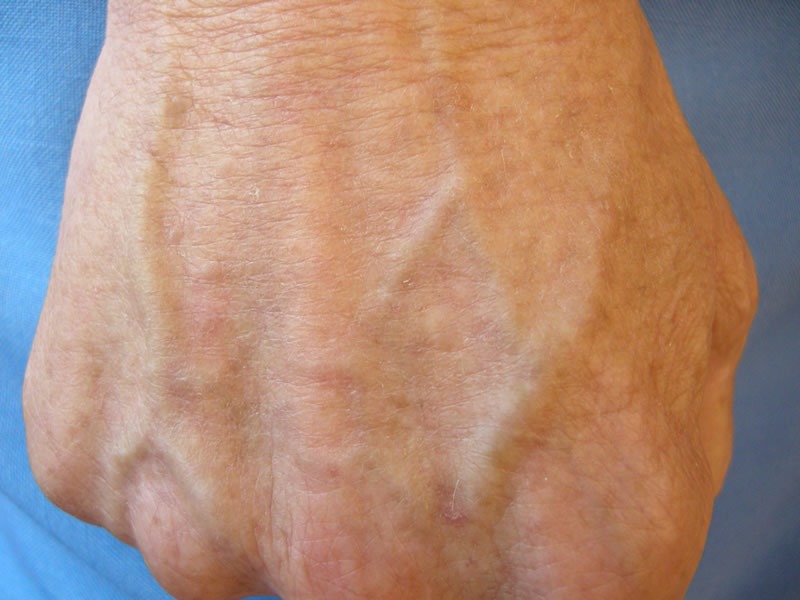
Chemical Peels have been used for over a century to create an even and controlled shedding of damaged skin cells. A solution is applied to the skin to remove the unwanted skin layers to stimulate the production of new and healthier cells. It tightens the skin, reduces wrinkling, and restores a more youthful appearance.
Peels can be used to treat discoloration from prior acne, clear up active pimples, dissolve clogged pores and blackheads, and remove dead skin cells that interfere with absorption of topical acne medications. Light peels refresh the skin using alpha-hydroxy acids, resorcinol, beta-hydroxy acids, or a combination of both. These mild peels usually result in some redness and peeling for several days. Generally, a series of 6 peels performed every 3-4 weeks are recommended to improve sallowness, fine wrinkles, and uneven pigmentation. The skin feels smoother and tighter after a peel.
Microneedling is a skin resurfacing procedure that uses medical grade, sterile, fine titanium needles to create microchannels in the skin and breakup pigment containing cells. Topical pigment corrective serums can be applied during the needling for additional improvement.
There are a variety of topical lightening agents that can be used in conjunction with the pigment corrective procedures. Depending on your skin type, you may respond better to a certain combination of therapies. Pigment that is superficial is easier to remove than pigment located in the deeper layers of skin.
Excess pigmentation correction involves down regulating the overproduction of melanin, removing existing areas of too much pigment, decreasing intercellular transfer of pigment containing structures (melanosomes), and minimizing stimulation of enzymes causing excessive synthesis of melanin via ultraviolet radiation from the sun and using antioxidants to decrease inflammation.“
A combination of topical treatments is generally the most effective approach to achieve the above actions.